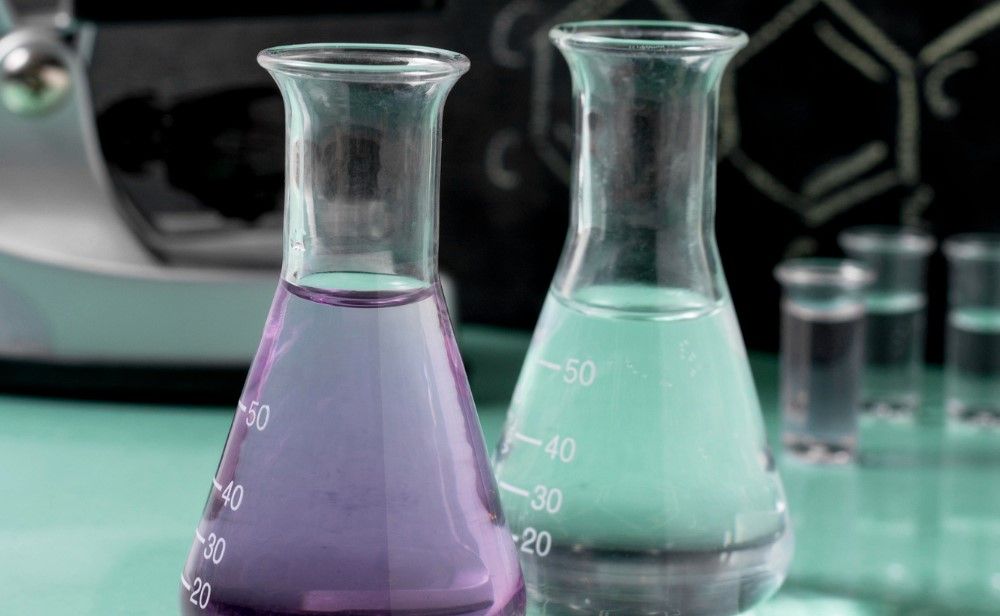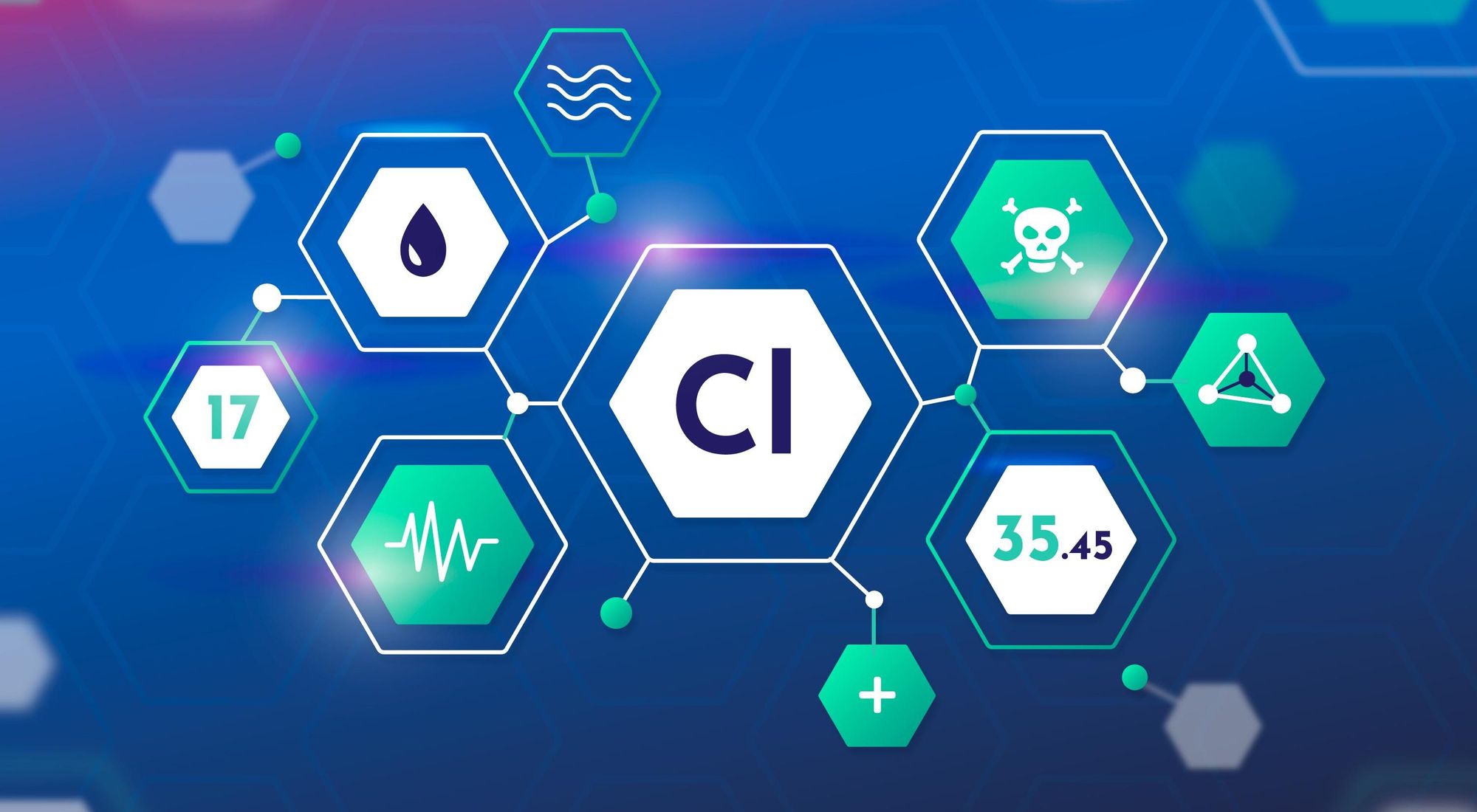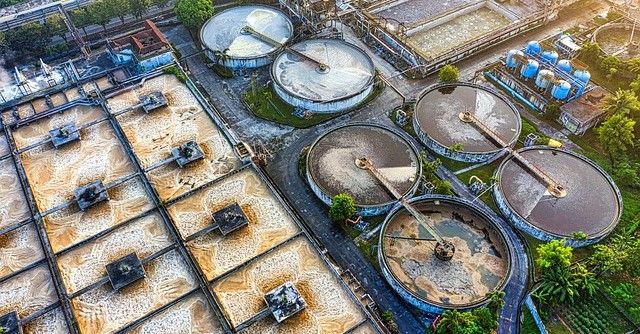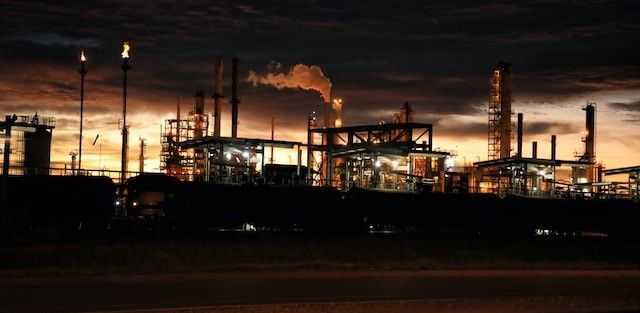After so many years of arguments and litigation, the environmental case against the widespread use of PFAS (also known as ‘forever chemicals’) is largely over.
Governments are now establishing rules against their use in all but the most essential purposes where no possible replacement chemical feedstock is available.
Meanwhile, the court cases against the largest manufacturers of per- and polyfluoroalkyl substances are still flowing, with Chemours, DuPont and Corteva already setting aside more than $10 billion to help pay for the damage to public health and the natural environment.

PFASs are a group of about 15,000 extremely robust chemical compounds used for decades by the chemical industry as a raw material in various industrial and consumer applications. They can be found in dental floss, lipstick, raincoats, waterproof hiking boots, nonstick cooking pans, fire-fighting foams, and even the ink used to label packages. Their widespread use and disposal means that they can be found all over the planet’s soil and drinking water, and even Arctic Sea ice. Because PFAS do not disintegrate or break down once they are in the environment they are commonly known as ‘forever chemicals’.
The origins of PFAS can be traced to the middle of the last century, when the multinational chemical company 3M developed PFOA (perfluorooctanoic acid) to stop nonstick coatings from clumping while being produced. After a while, 3M started supplying the substance to other chemical firms, such as DuPont, which employed it to create the groundbreaking Teflon. And after some time, several industrial chemical producers like Corteva and Chemours began designing and manufacturing their own brands.
It wasn’t until the early 2000s, that legal action against DuPont uncovered evidence that chemical companies knew some of the risks PFAS posed to human health. It also found that chemical companies had purposefully dumped the chemicals into waterways and unprotected holding ponds.
Modern research has now confirmed the impact to health caused by PFAS and the extent to which the chemicals have permeated so much of the world around us. It is also working on a solution.

The conventional approach to cleaning up PFAS has been through the chemical processes of reverse osmosis, ion exchange resins, and granular activated carbon filtration. While these techniques are incredibly effective at capturing PFAS, the issue remains of what to do with the chemicals after they have been isolated.
Incinerating them risks releasing unburnt PFAS chemicals into the atmosphere via the smoke. Thus, the search is on for a means to destroy the indestructible ‘forever chemicals’.
Historians point to early attempts to clean up industrial chemical products that were later found to be toxic, such as chlorinated hydrocarbons (PCBs) and chlorinated pesticides. However, Philip Simon, the founder and president of Ann Arbor Technical Services, an environmental consulting firm believes that the situation with PFAS is very different.
“You’ve got a lot of compounds used very broadly in commerce in an unregulated setting for 70 years,” explains Simon. “That never happened with PCBs—never. That didn’t happen with chlorinated pesticides. So, if you think that DDT and chlorinated pesticides, and then later PCBs, foreshadow what we’re up against here, forget it. It’s way more complicated than that.”

Fortunately, the innovative chemical industry is working on a number of solutions to the problem.
One of which is a process called supercritical water oxidation (SCWO) and is being developed by a Michigan-based company called Revive Environmental. The chemical process has already been used to destroy decommissioned stockpiles of chemical weapons, such as mustard gas. This time it is being used to neutralise the PFAS collected from run-off water that has passed through landfill waste.
“SCWO is essentially a PFAS pressure cooker,” reports a recent article in the MIT Review, “heating and compressing the contaminated liquid to a supercritical state of above 500 °C and 3,200 PSI. In that state, where water is caught in a sort of purgatory between liquid and gas, oxygen becomes soluble, and the resulting oxidation drives the reaction that ultimately destroys the PFAS.”
A number of post-treatment steps are still required once the PFAS has been eliminated. Then, after cooling, it is poured into plastic totes for storage before being dumped at the nearby wastewater treatment facility.

An alternative process to SWCO is being performed in Massachusetts at Onvector. Here the PFAS is destroyed in a centrifugal separator with an electrode that ionizes gas injected into the device. The high-energy electrons that this creates then break down the PFAS compounds. It is a process which the company’s founder and CEO Daniel Cho describes as “lightning and fire reliably delivered inside a flowing cyclone of water.”
A further promising anti-PFAS technology is being developed at Washington-based Aquagga. Where, according to chemical industry analyst John Wiegand, “The company uses a method known as HALT (hydrothermal alkaline treatment), a sort of cousin to the SCWO process used by Revive.” The difference being that while HALT still relies on pressure and heat to neutralise PFAS, it introduces sodium hydroxide as a catalyst prior to the treatment starting as this allows for much lower temperatures than SCWO.
While all three businesses hope to have a positive effect in destroying PFAS and cleaning up the environment, it remains clear that they are looking to profit on their technologies.
“Innovation, in my mind, is not just an idea, but it’s getting paid for it,” says Revive’s President and CEO David Trueba. “It’s getting the value in the market because the market values that it’s being adopted.”
While this may not be the altruistic and generous actions one might hope for in an organisation which is essentially saving lives, it is at least a way to bring market forces in to solve a problem that many governments (as well as the biggest chemical corporations who manufactured PFAS) are facing. All sides need to clean up the mess as quickly and as cheaply as possible. And with several players in the market, the most cost-effective processes will come out on top.
“It’s important that this problem isn’t a tens or hundreds of trillion dollars problem,” says Onvector’s Cho. “It needs to be kept to, like, a multibillion-dollar problem.”

“You have this toxic waste. Nobody wants to transport it. Nobody wants to burn it,” says Brian Pinkard, Aquagga’s cofounder. “Everyone wants to have a system they can bring on-site, plug it into a barrel or tote, process the waste on-site, and turn it into nontoxic byproducts.”
With the innovative chemical industry on the case and with plenty of government funding and lawsuit money sloshing about, it seems possible that in time chemical companies will step in and make a start on the big clean up. Using chemical solutions designed to destroy ‘invincible’ PFAS.
Photo credit: Freepik, u_nnjglrk13q from Pixabay, Freepik, Robin Sommer on Unsplash, Freepik, & Freepik